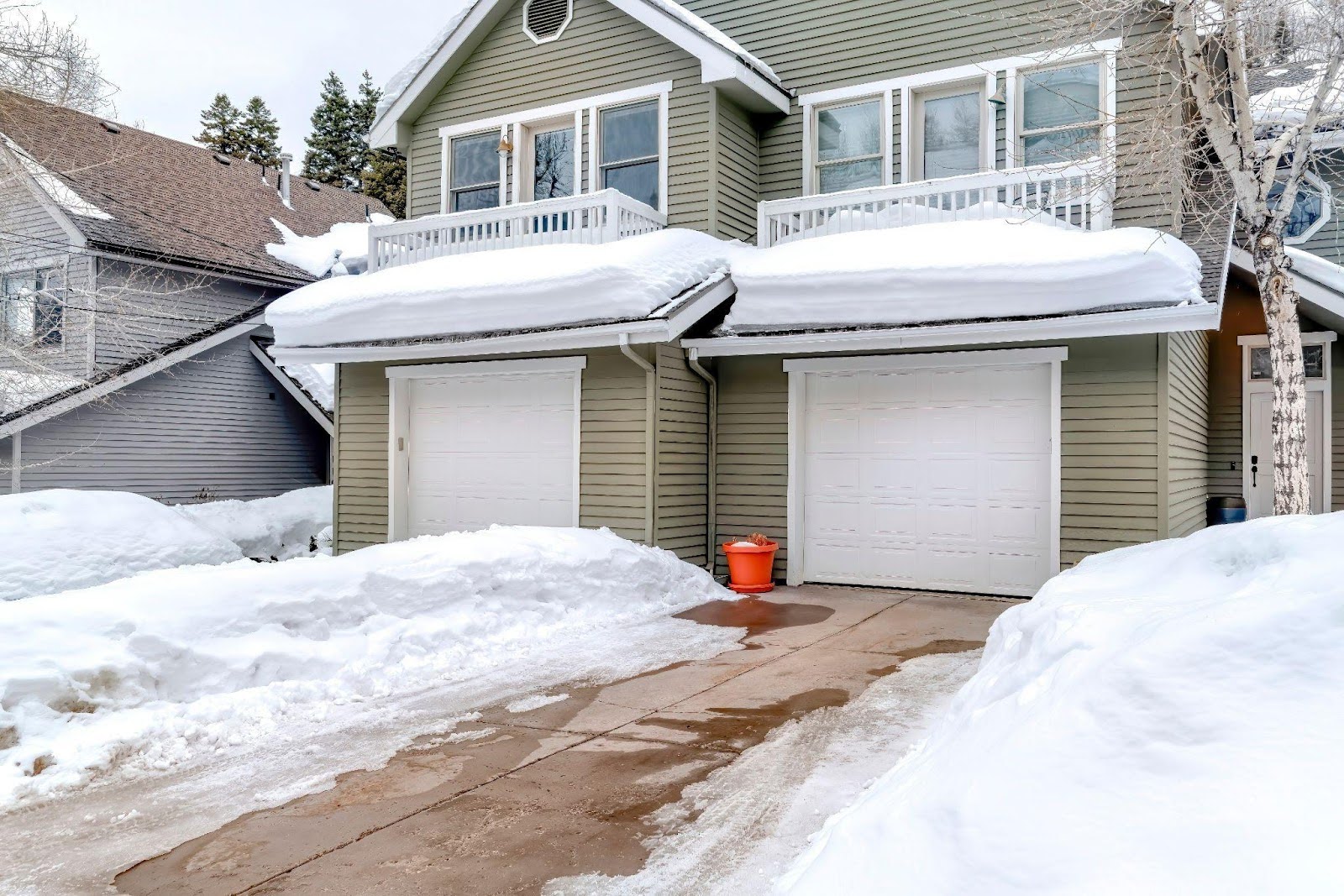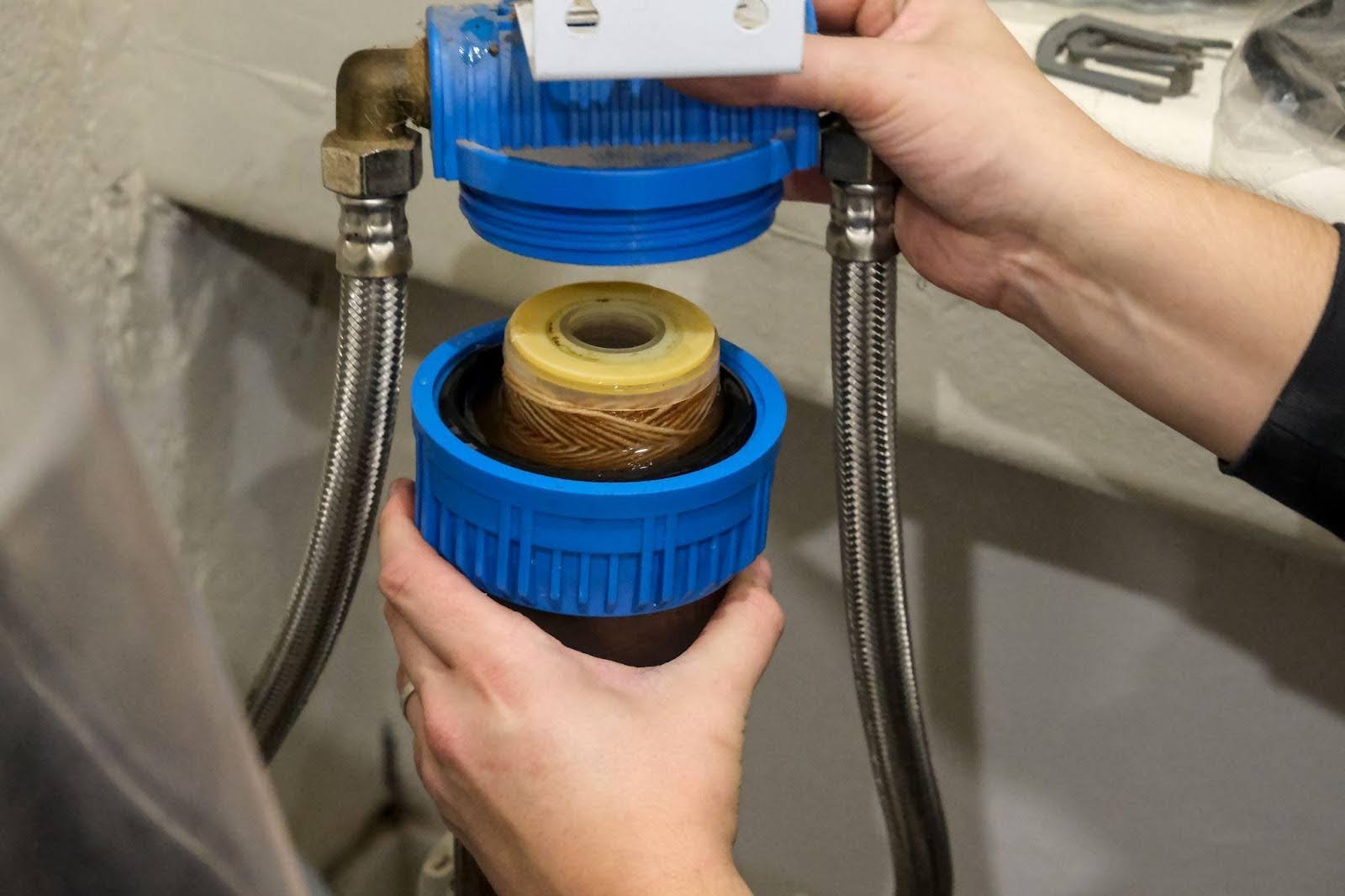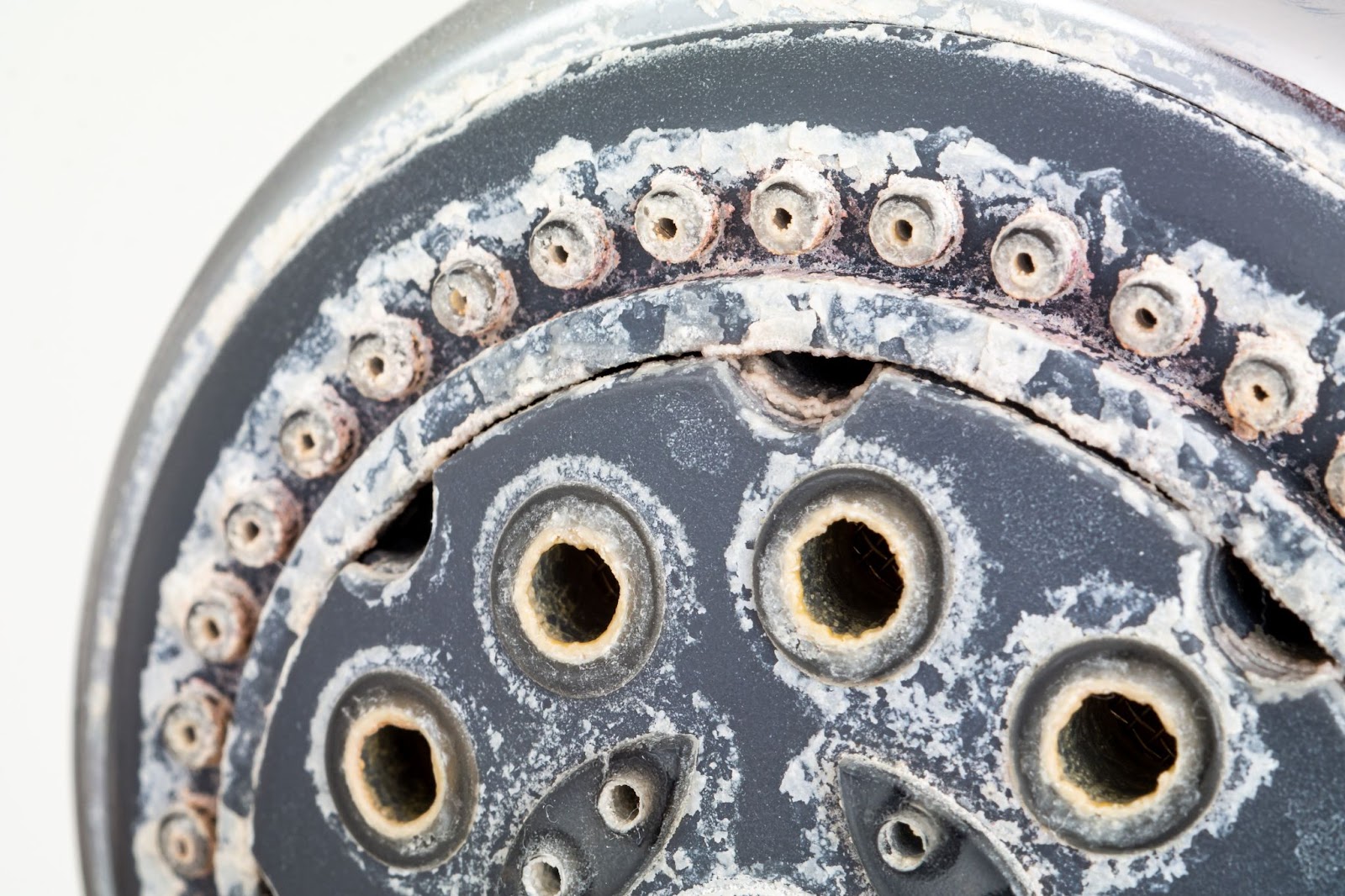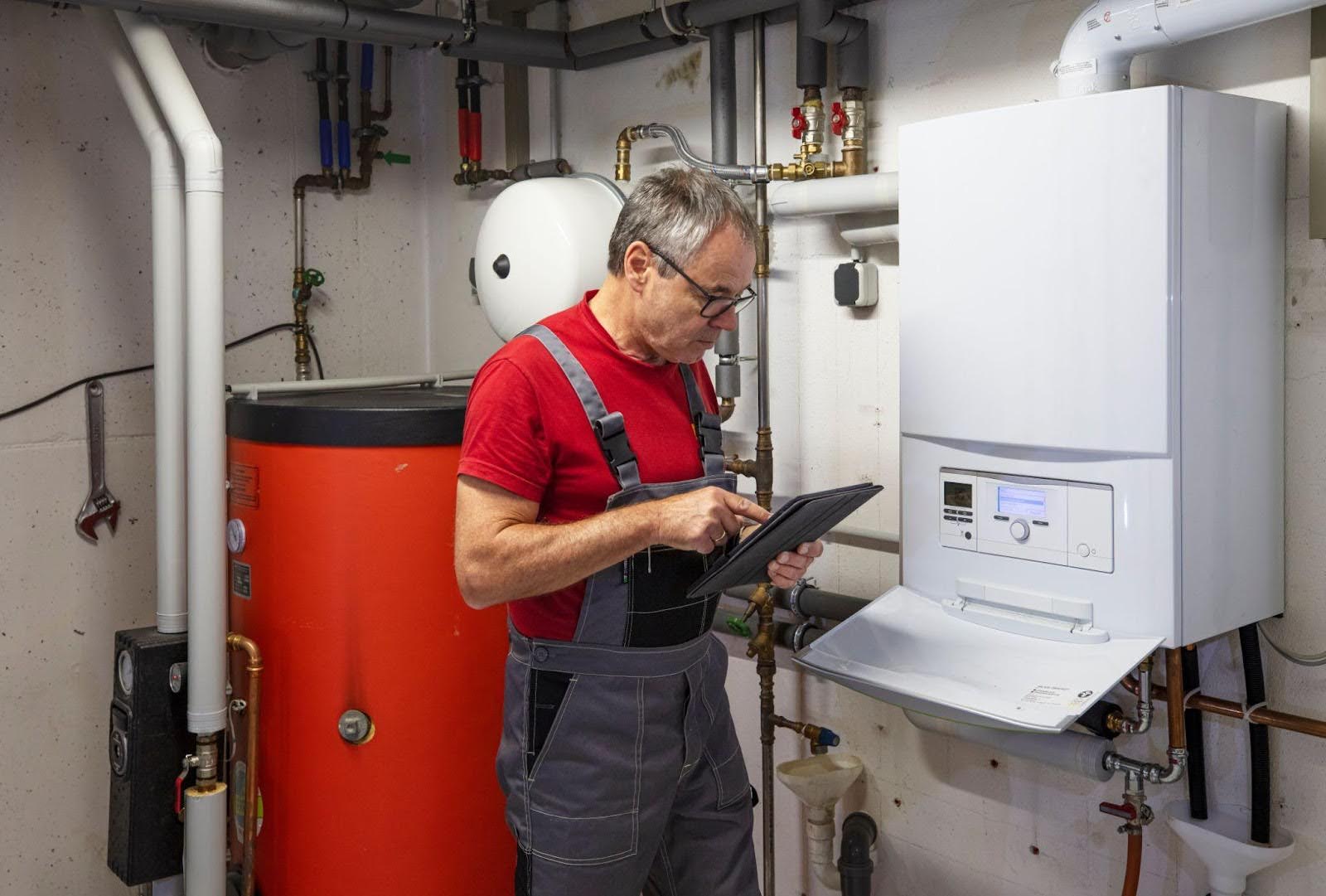There are many ways to heat a home, and radiant heat has emerged as one of the more popular choices. A lot of people are choosing radiant heating, but can you heat your entire home with it?
Yes, it is possible to heat an entire home using only radiant heat. Radiant heat can be installed in a variety of different systems throughout the house.
One popular option for heating an entire home using radiant heat is a hydronic system, which uses a boiler to heat water circulated through pipes or tubes installed in the home’s floors, walls, or ceilings. As the warm water flows through the pipes or tubes, it radiates heat into the surrounding areas.
Another option is an electric radiant heating system, which uses electrical resistance heating cables or mats installed under the floor or on the walls or ceiling of the home. The heating elements warm up and radiate heat into the surrounding areas.
Radiant heating systems can be more expensive to install than other heating systems, but they can be more efficient and cost-effective in the long run. They also provide a more even and comfortable heat distribution throughout the home. They can be used with various flooring materials, such as tile, stone, or hardwood.
Several different types of radiant heat sources can be used in a home, including:
Radiant Flooring and Ceiling Heating
Radiant flooring and ceiling heating are two types of heating systems that use radiant heat transfer to warm a room.
Flooring with radiant heat uses heat that is radiated upward from the floor, warming the room from the ground up. This heating system is popular in bathrooms, kitchens, and other areas where homeowners want a warm and comfortable floor surface.
Radiant ceilings use heat radiated downward from the ceiling, warming the room from the top down. This type of heating system can be more efficient than other heating systems, as it does not rely on air circulation to distribute heat throughout the room.
Radiant Wall and Panel Heating
Radiant wall and panel heating are two different heating systems that use radiant heat transfer to warm a room.
Radiant wall heating involves installing heating elements, such as electrical heating panels or water-filled pipes, in the walls of a room. Heat is then radiated outward from the walls, warming the room from the sides.
Radiant panel heating, on the other hand, involves installing heating panels on the walls or ceiling of a room. Heat is then radiated outward from the panels, warming the room from the sides or from above.
One advantage of radiant wall and panel heating is that they can be installed without major modifications to the flooring or ceiling of a room. They can also be used in rooms with high ceilings, as heat will radiate outward from the walls or ceiling to warm the space.
Radiant Baseboard Heating
Radiant baseboard heating is a type of heating system that uses electric heating elements or hot water-filled pipes installed in a baseboard unit along the walls of a room. The heating elements or pipes warm up the air in the room through radiant heat transfer.
In electric radiant baseboard heating, heating elements are installed in a metal housing mounted on the wall along the baseboard. The elements heat up when electricity is passed through them and then radiate heat into the room. In hot water radiant baseboard heating, a network of pipes filled with hot water is installed in the baseboard unit. The water is heated by a boiler and then circulated through the pipes to warm the air in the room.
Radiant flooring, ceiling, wall, panel, and baseboard heating uses infrared radiation to directly heat the objects and people in the room rather than relying on forced air circulation. This can result in a more even and comfortable distribution of heat throughout the room and a reduction in drafts and air movement. However, both types of systems can be more expensive to install than other heating systems, and they require careful planning and installation to ensure optimal performance.
One advantage of radiant heating is that it can be used in individual or multiple rooms, depending on the homeowner’s needs. It is also relatively easy to install and maintain and can be a good option for homeowners who want to avoid installing a central heating system. However, installing it can be more expensive than other heating systems, requiring careful planning and installation to ensure optimal performance.
What are some of the disadvantages of heating your home with radiant heating?
- High installation cost: Radiant heating systems are generally more expensive than traditional ones, particularly if you are retrofitting an existing home.
- Incompatible with some flooring types: Certain flooring types, such as thick carpets, may not be suitable for use with radiant heating systems. This can limit your options when it comes to flooring choices.
- Slow to heat up: Radiant heating systems are slower to heat up than forced-air systems, which can be a disadvantage if you need quick heat in a cold room.
- Maintenance and repair costs: Radiant heating systems require regular maintenance to ensure they function correctly. If the system has a problem, it can be costly to repair.
- Lack of cooling options: Radiant heating systems do not typically include cooling capabilities. You will need a separate cooling system, which can be an additional expense.
- Difficulty zoning: Zoning a radiant heating system can be challenging, as the system is designed to provide even heat throughout a space. This can make it difficult to heat individual rooms to different temperatures.
- Limited retrofitting options: Retrofitting an existing home with a radiant heating system can be challenging, particularly if you have limited access to the underside of the floor. This can make it difficult to install the necessary tubing for the system.
Salisbury Plumbing
If you’re ready to take the plunge and install radiant heating in your home, Salisbury Plumbing is who you’ll want to contact. Call us at (385) 375-1207, and let’s start heating your home today.
toto slot






